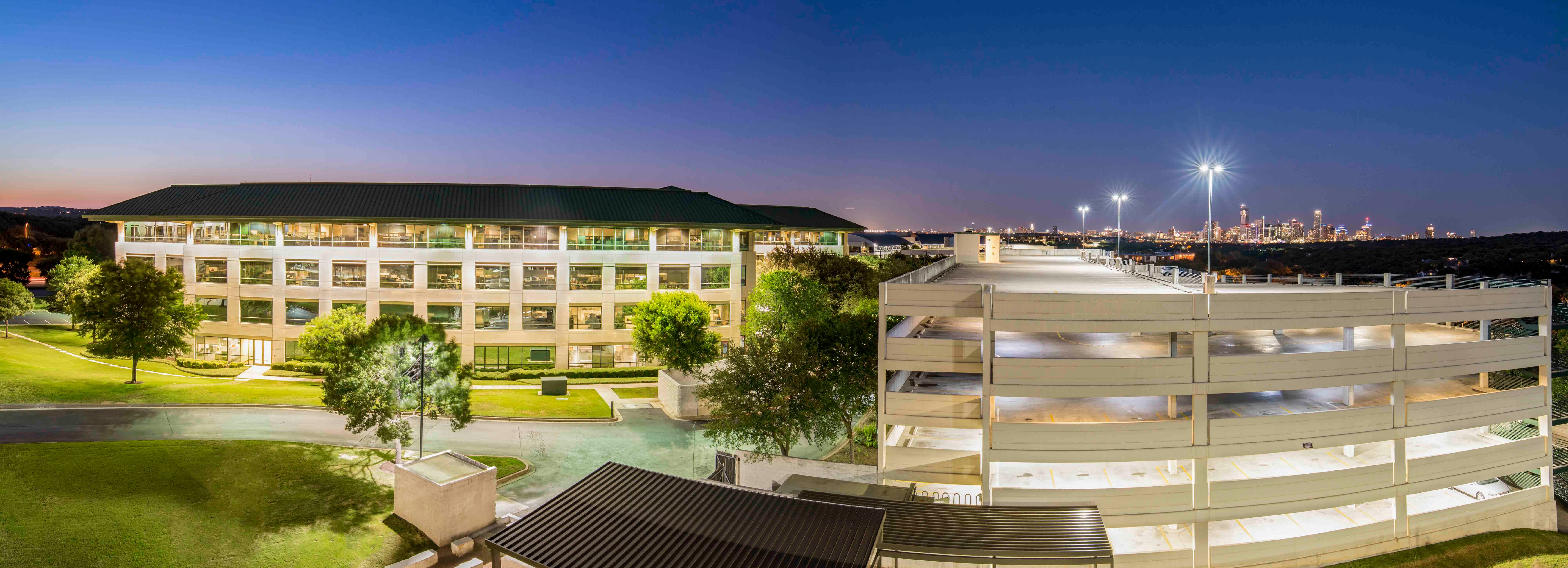"It'll be a long haul," Austin economist Angelos Angelou said Thursday in presenting his economic forecast for 2003-2004. "It'll be three or four years before we see any significant dent in this market." Rents will continue to drop as prospective tenants seek better deals.
There has been leasing activity, he said, but mostly from local companies taking advantage of better terms. "The lack of attracting major new projects to Austin will keep office vacancies relatively high and the market will see even lower lease rates at least through the next two to three years," he said.
About 600,000 sf was returned to the market in 2002, the second straight year of negative absorption. "Austin now has a supply of over 8.3 million sf to fill," said Angelou, founder and principal of Angelou Economic Advisors. "The projected occupancy of another 700,000 sf by 2004 will not drastically improve this market."
In his eighth annual forecast, Angelou offered little hope of a strong turnaround in the Austin area's economy this year. A continuing lack of capital spending on technology products and slow job growth will keep the brakes on the economy.
After two years of decline in the number of jobs, Angelou expects the economy will grow by 9,200 jobs in 2003, many of them in the government sector. Things will pick up in 2004 with 17,100 new jobs. The unemployment rate should drop to 4.6% by the end of 2004 from this year's 5.4%.
The industrial real estate market will follow the same trends as the office market. The industrial vacancy rate could rise to 20% in 2003, up from the current 15%, Angelou said. "We now have more than six million sf of vacant space," he said. "The loss of almost 9,000 manufacturing jobs returned to the market 1.7 million sf, and I am afraid, that in the next two years we may still have negative absorption."
Retail real estate remains strong, Angelou said, and multifamily properties are recovering from a downturn. He said retail occupancy may rise to 96% from the current 95% through 2004. But, he said, "Lease rates will remain flat as we anticipate quite a bit of turnover among small retailers."
In multifamily, occupancy rates have increased to about 91%, a 2% gain. "The improvement in occupancy took place despite the completion of nearly 14,000 new units during the last two years," Angelou said. About 5,000 units are to be completed in 2003, which should push occupancy to about 93% and lease rates to higher than 90 cents per sf.
Austin will recover, Angelou said, but it needs a clear vision for economic development and the tools to carry it out. He emphasized the importance of incentives as economic development tools, despite the protests of some members of the community.
In the past 20 years, Angelou said, Austin has granted tax incentives to fewer than 15 companies. Those companies attracted another 800 companies, which, in turn, spurred the creation of 30,000 more companies. "From where I stand, I consider this a very successful investment for Austin," he said. "Let us not allow a few people in the community to hijack the public debate on incentives, mislead the general public and hold our elected officials hostage.
© 2025 ALM Global, LLC, All Rights Reserved. Request academic re-use from www.copyright.com. All other uses, submit a request to [email protected]. For more information visit Asset & Logo Licensing.







